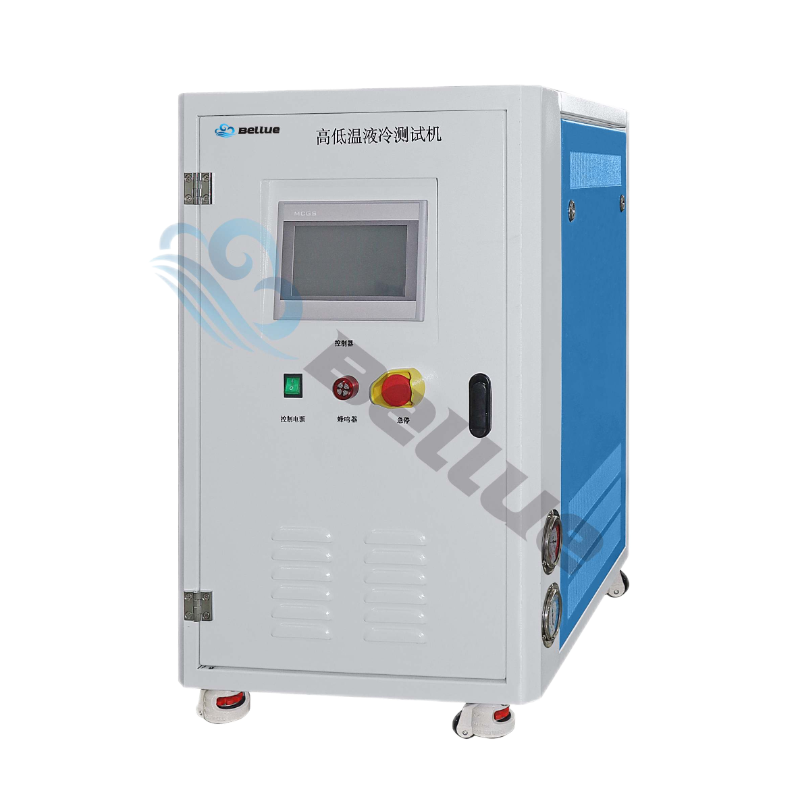How to derive the test results of high and low temperature coolant tester
With the continuous development of industrial technology, high and low temperature coolant testing machines are increasingly widely used in product development, quality control and other fields. This type of test machine can simulate extreme temperature environments and perform a comprehensive evaluation of coolant performance. However, for many users, how to efficiently export trial data becomes a critical issue. This paper will introduce the method of exporting the test results of the high and low temperature coolant tester to help users better manage and analyze the test data.
First, the importance of deriving test results
High and low temperature coolant tester will produce a lot of data during the test process, including temperature change curve, pressure value, flow record and so on. These data are important for evaluating coolant performance, optimizing product design, and developing production processes. Therefore, the accurate and complete derivation of the test results is an important link in the follow-up work.
2. Common methods of deriving test results
1, USB interface export: many high and low temperature coolant testing machines are equipped with USB interface, the user can directly connect the test machine with the computer through the USB data cable, and then the test data is exported to the computer for storage and analysis.
2, network remote export: some advanced high and low temperature coolant test machine support network remote control function, users can remotely access the test machine through the local area network or the Internet, real-time view the test data, and choose to export the required data.
3, memory card export: some test machine built-in memory card slot, test data can be directly stored in the memory card. Users can easily export data by simply inserting the memory card into the computer.

3. Format and processing of exported data
The exported test data is usually saved in CSV, Excel, or TXT formats that can be recognized by most data processing software. Users can sort, filter, and chart the exported data according to their needs, so as to more intuitively understand the performance of the coolant.
4. Precautions
1. Before exporting the data, it is recommended that the user calibrate the test machine first to ensure the accuracy of the test data.
2. When exporting data, ensure that the connection between the computer or storage device and the test machine is stable to avoid data loss or damage.
3, the exported data should be properly stored to prevent leakage or illegal use.
Through the introduction of this article, I believe that users have a clear understanding of how to derive the test results of high and low temperature coolant testing machine. The effective management and use of these data will help to improve the efficiency and quality of product research and development, and provide strong support for the development of enterprises.
Energy storage liquid cooling temperature control technology application advantages
High and low temperature coolant test electrical source circuit connection method
The problem of water source during the use of high and low temperature coolant testing machine
Coolant filling and discharging method of battery module high and low temperature liquid cooling test machine
High and low temperature liquid cooling test machine solutions
The need to pay attention to the purchase of temperature control high and low temperature liquid cooling test machine in the automotive industry
